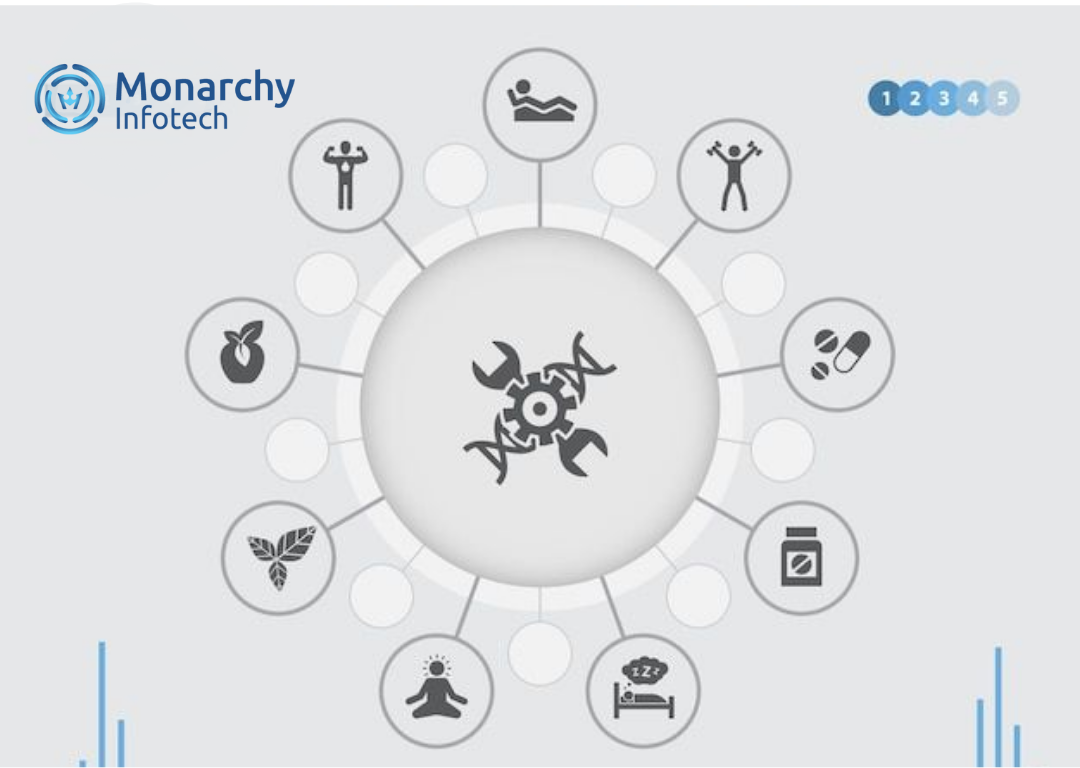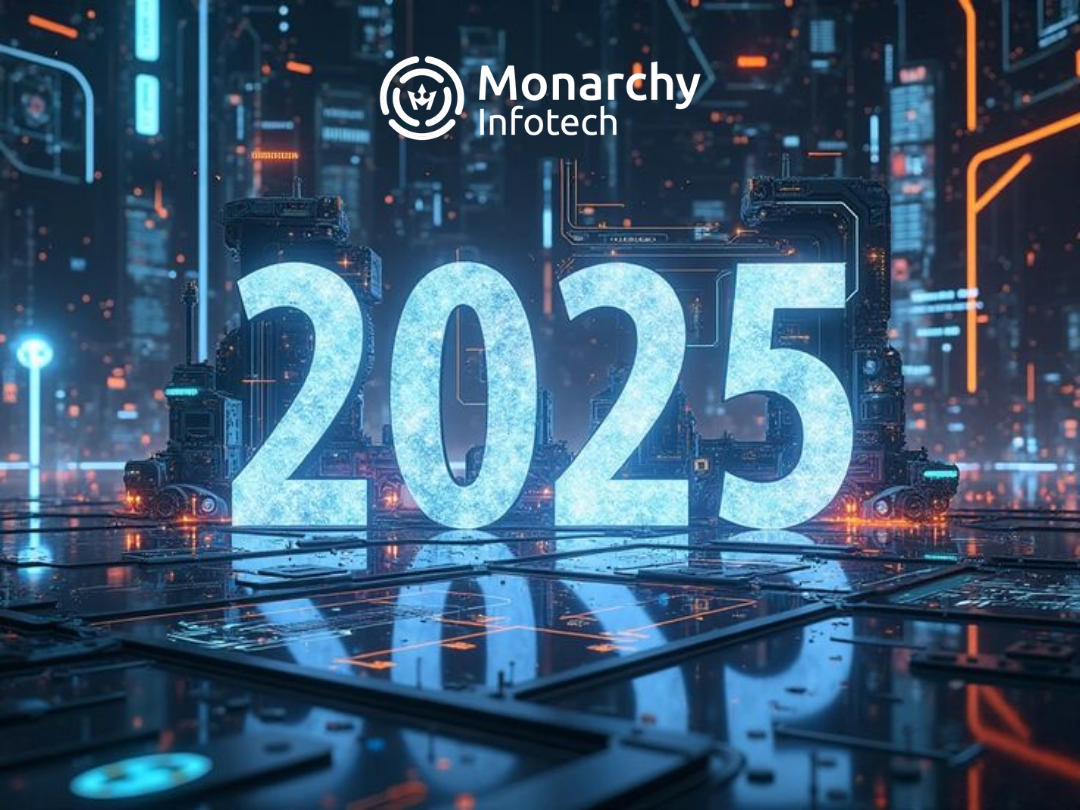While technology is advancing at breakneck speed, IT teams are confronted with an increasing skills gap that might hold back innovation and productivity. This blog delves into the most important IT skill gaps that are anticipated in 2025—ranging from AI and cybersecurity to cloud computing and data analytics. The blog also provides some insights regarding why these gaps are occurring, how they affect businesses, and how companies can bridge them by upskilling, strategic recruitment, and collaborating with tech learning platforms.

IT Skill Gaps in 2025: What Companies Must Know
IT Skills Shortages in 2025: What Business Needs to Know
In today’s digital-first world, the IT landscape is evolving faster than ever. With the surge in AI, cloud adoption, cybersecurity threats, and remote operations, companies are finding it increasingly difficult to keep up—not because of lack of ambition, but due to a growing shortage of skilled professionals. As we head into 2025, understanding and addressing IT skill gaps has become a strategic priority.
1.The Emerging Skill Gaps
a. Artificial Intelligence & Machine Learning
AI is no longer science fiction—it's integrated into everything from customer support to data analysis. But there's a huge gap in professionals who have extensive knowledge of machine learning algorithms, natural language processing (NLP), and AI infrastructure.
b. Cybersecurity & Risk Management
With increasingly sophisticated cyber threats, organizations need higher-order skills in risk analysis, zero-trust architecture, ethical hacking, and security automation. Demand vastly exceeds supply for trained professionals.
c. Cloud & DevOps
With organizations moving to hybrid and multi-cloud scenarios, skills in AWS, Azure, GCP, and container orchestration platforms like Kubernetes are in big demand. The lack of DevOps engineers having cloud-native capabilities is giving rise to deployment and scalability bottlenecks.
d. Data Science & Analytics
Data is the new oil, but talent is needed to dig out actionable insights. Firms are having difficulty recruiting data analysts and scientists with expertise in tools such as Python, R, Power BI, and advanced statistical modeling.
e. Emerging Technologies
Web3, blockchain, quantum computing, and edge computing are popular. But extremely few professionals are equipped to build or deploy these technologies efficiently.
2. Why the Gap Is Growing
Speed tech innovation: Technology is changing faster than training courses.
- Aged education infrastructure: Conventional degrees may not align with industry requirements.
- Insufficient upskilling: Most organizations do not have systematic training programs.
- Extreme competition: Startups and large tech companies are fighting over the same small pool of talent.






